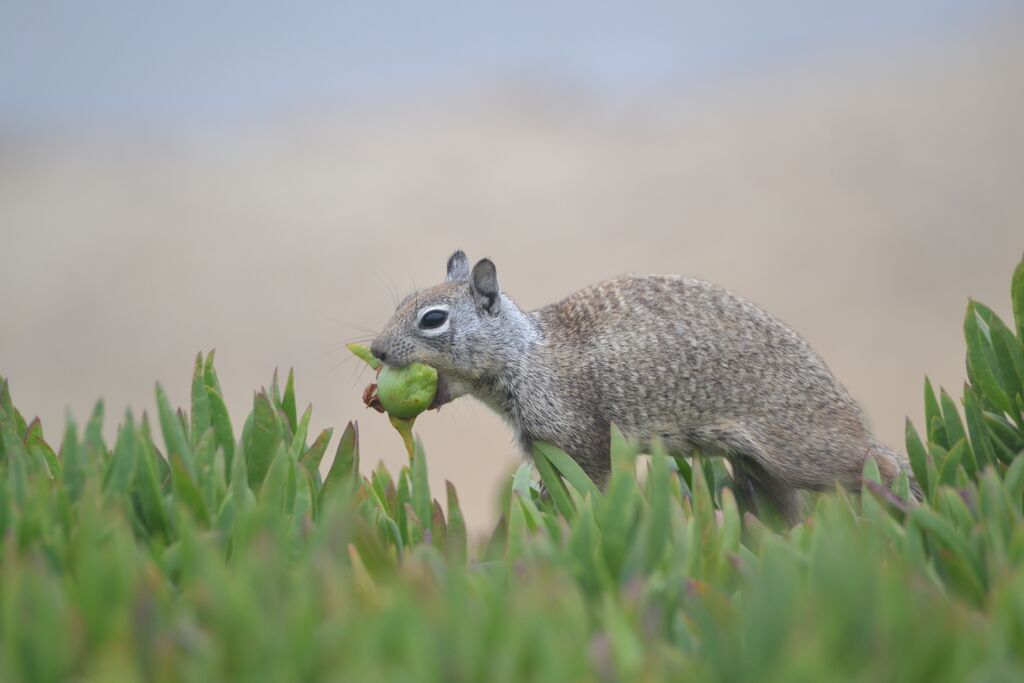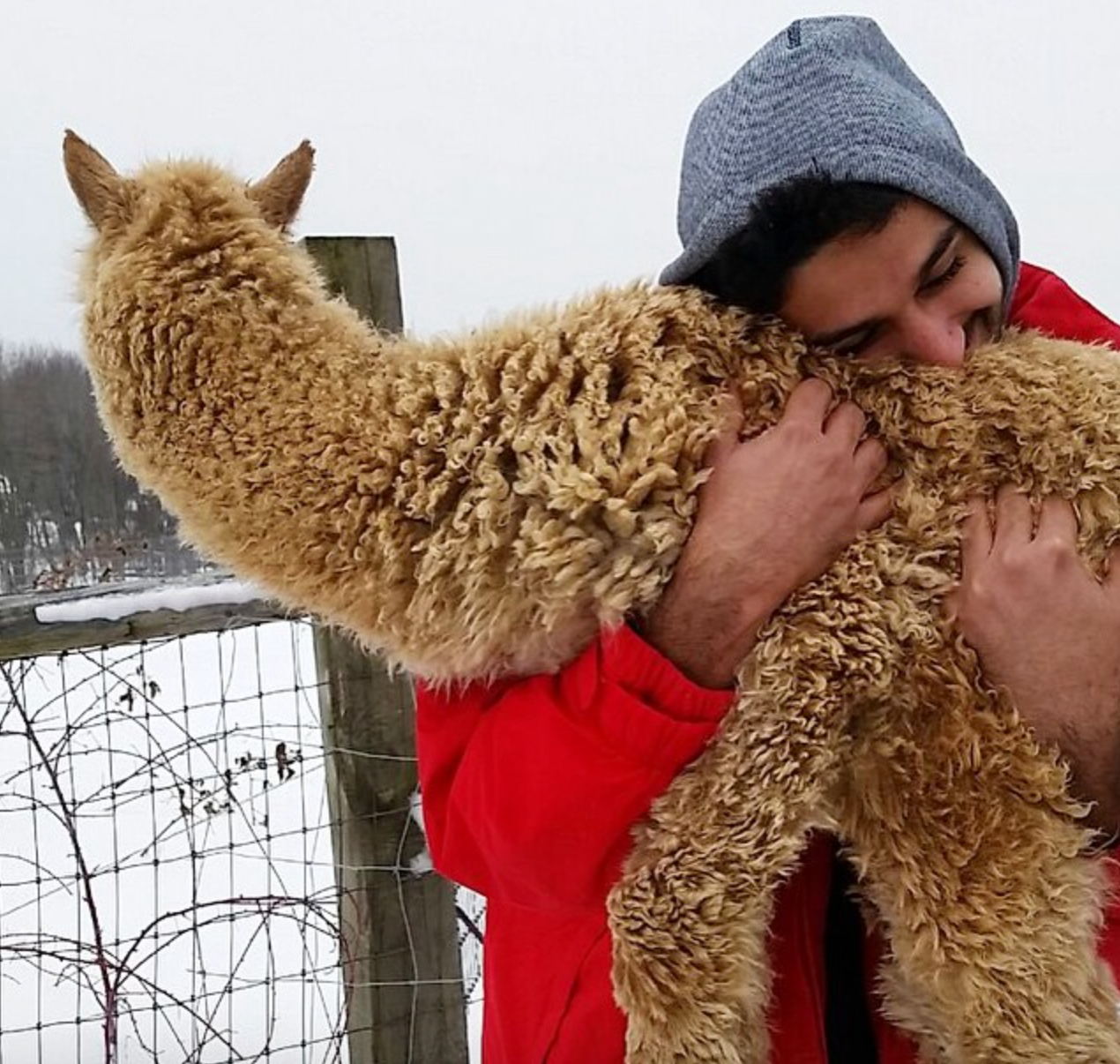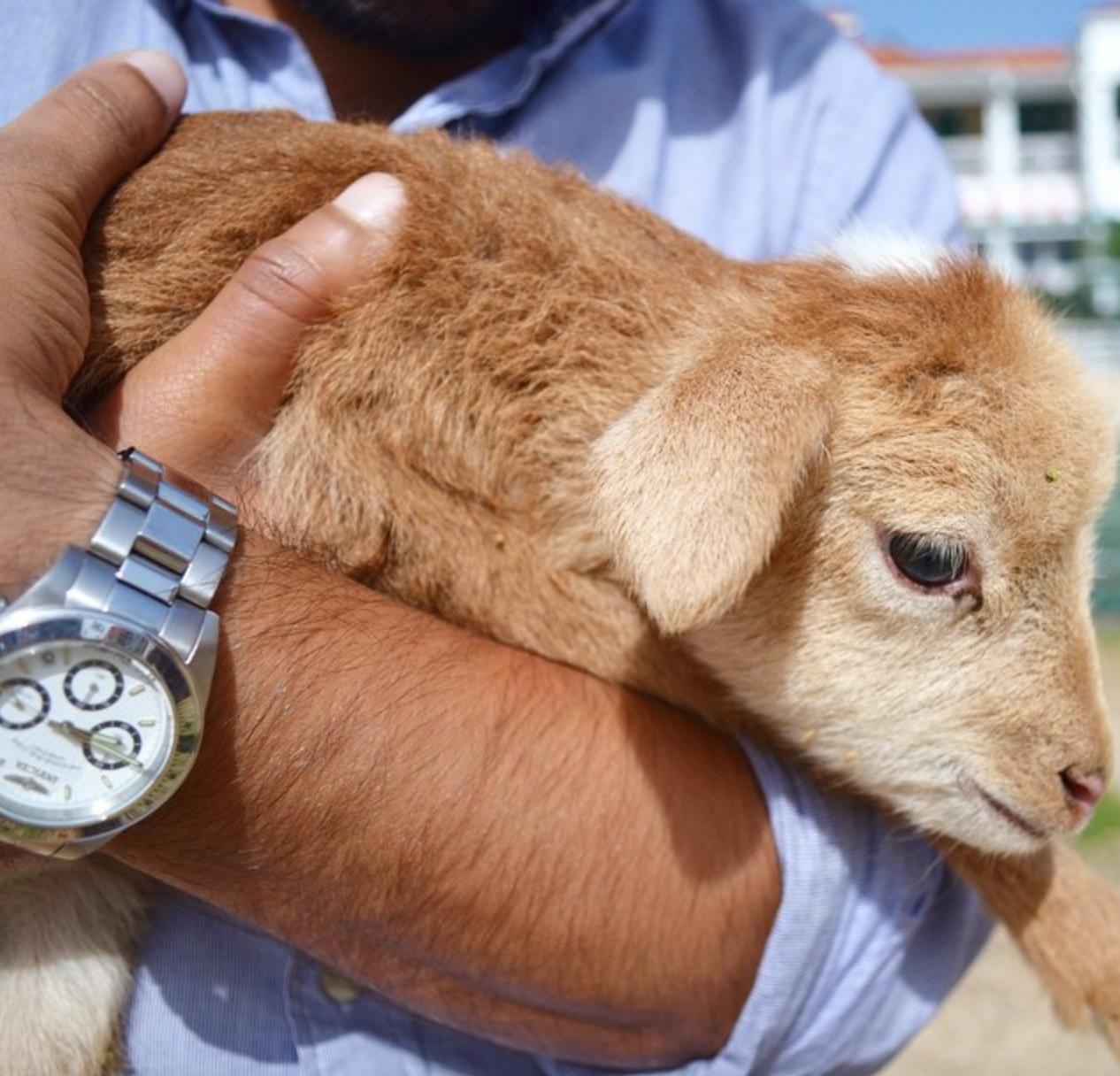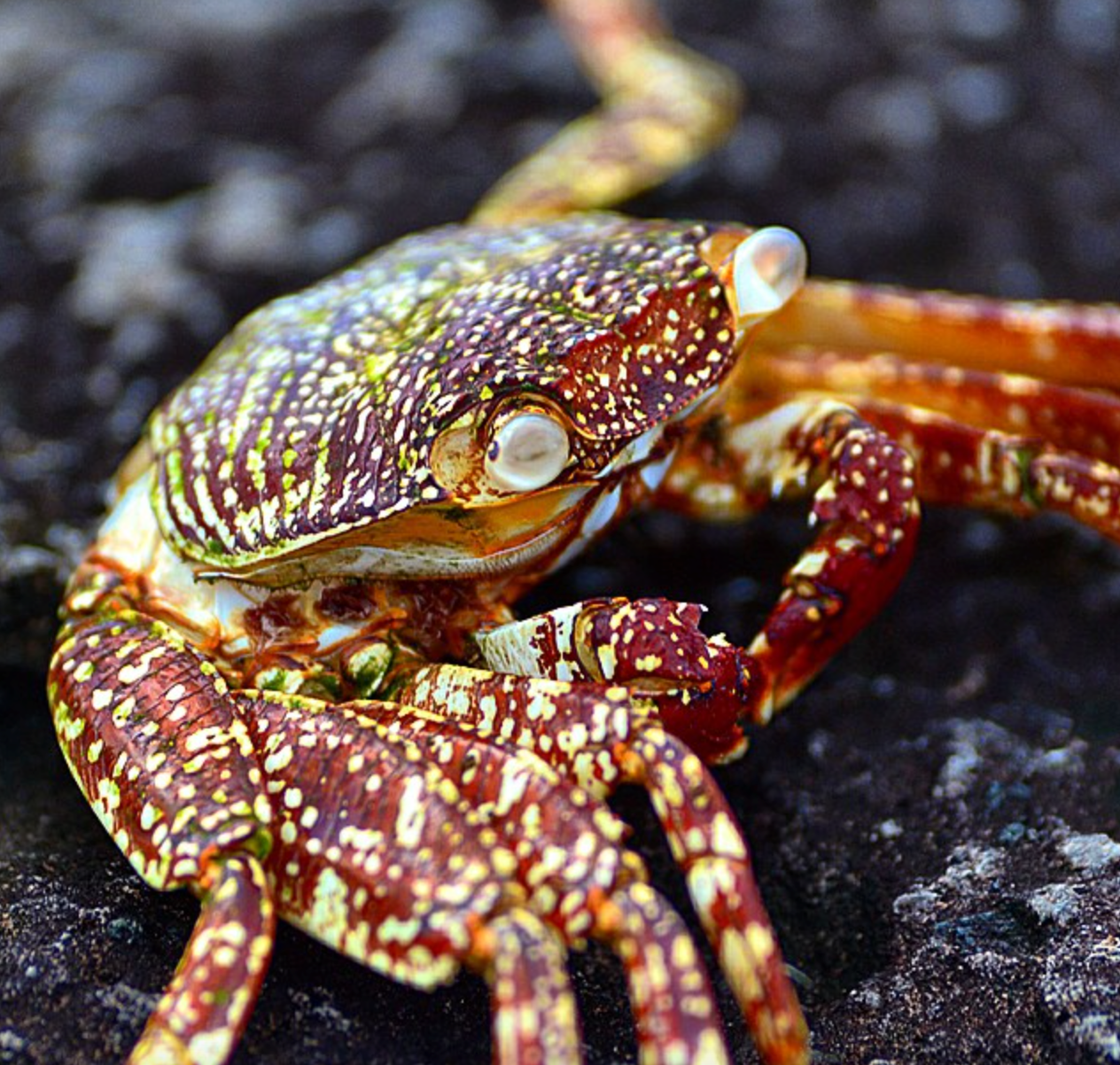spotted! Sam Sheikali of SaminalPlanet // 7.3.15
i'm beyond excited to share this Samimal Planet exclusive on this rainy Atlanta Friday! allow me to introduce you to Sam Sheikali of Saminal Planet, an incredible fauna photographer.
good choice on the gloves Sam! not sure i could have handled mr. wrong without a set.
i met him while living across the way; he's brilliant with a passion for photography. his subjects include animals i've never imagined could look so beautiful; he snaps close ups of spiders, birds, snakes, lizards and more. each image captures the creatures' grace and beauty while highlighting its best feature, whether its the color or poise. i am captivated by each one.
who knew something so buggy could have such elegant blue eyes?!
not only are his images something gorgeous to look at, he captions each one with an interesting fact or its latin name so that the viewer may learn more about the subject. Sam is intent upon sharing the beauty that is around us that we most often forget to stop and see.
read on to find out how Sam began and his best advice for novice photographers.
1. I love following your adventures on Instagram. How did you get started photographing animals and insects?
I've been infatuated with wildlife as long as I can remember. When I was little, I'd come home holding snakes bigger than I was - Mama didn't appreciate that too much... As I grew, that passion never diminished. People tend to post what they love on Facebook, so I began doing that with animals using whatever smartphone I had at the time. I didn't think much of it,but a friend of mine kept insisting that I needed to put those pictures on Instagram. To be honest, I have no idea what Instagram was at the time, but she eventually nagged me in creating an account. After a while, I evolved from being an Insta-noob to having something I was proud of, and #SaminalPlanet was born. Eventually, the smartphone pictures weren't cutting it for me, so I got a "real camera". It's nothing too fancy, just a Nikon D3100. And I guess I've been growing ever since!
2. You're really branding yourself as something of a modern day Steve Irwin, especially since you share insight into your subject in the captions of your photos and throughout your videos. Did you have that intention when started or was that a happy accident?
Haha. I wish I could be as amazing as Steve Irwin! I would say it it was more a happy accident. I think I started informative captions around the same time I started branding my pictures with #SaminalPlanet. At a certain point it became more than just a personal Instagram account, but rather a project to make a positive impact. Steve Irwin once said,
"If we can teach people about wildlife, they will be touched. Share my wildlife with me. Because people want to save things that they love."
I like to think that my photography shows the less cuddly wildlife in a different light - a light that makes people see a spider and admire its coloration or ponder about its habits rather than fear and reach for the nearest shoe.
i'm not sure i could be that close to a snake, let alone pick it up - but look at those eyes!
3. Do you always carry your camera with your or do you go out with the intention of taking photos?
I'ts about 50/50. I try to keep my camera near me at all times because I often see something I would love to photograph, but I don't always have my camera on me, so I tell myself, "I'll never keave the house without my camera again!" Unfortunately, I have broken that oath many times and paid for it. Haha. I also have planned adventures where I'll grab my camera and march into whatever wilderness particularly speaks to me that moment. Basically, my photography schedule is very sporadic.
4. What are three things you always carry with you on a photography expedition?
- An extra battery is a must! Nothing is worse than running out of battery right before you find something incredible.
- I keep two little containers in my camera bag in case there is something I would like to collect during an expedition.
- MY headlamp. Once of the best purchases I have ever made!
he will stop at nothing to get the perfect shot! you have to admire that.
5. What is one bug or animal you're dying to photograph, but haven't yet?
Komodo dragon. However, there is a possibility that could change next year! Fingers crossed!
6. What photograph is your favorite and why?
Such a difficult question! I think I have to say it's the picture I took of a silver argiope (Argiope argentata) preying on a Grenada tree anole (Anolis richardii). It's hard to pinpoint exactly what makes this picture particularly special to me. Besides the fact that seeing a spider eat a lizard is just plain awesome, the circumstances of taking this picture really resonated with me. I was walking down our street in Grenada, and saw a big iguana in a tree. I didn't have my camera, of course, so I ran back and grabbed it. When I returned the iguana was gone, so I began searching in the woods for it. Right when I gave up on finding the iguana and was heading back, my footsteps startled a Grenada tree anole, which subsequently leaped away from me. Unfortunately for the young lizard, it landed in the web of a large silver argiope. It was absolutely incredible seeing this battle take place! Mesmerized, I kept forgetting I was even looking through a camera. No photo, or even video, could have captured the struggle I witnessed. Often, the best experiences are those you didn’t search for.
7. What photographers do you admire or try to emulate?
When I was very young, my father brought me a book from his trip to Africa: Eye to Eye, a collection of photographs by Frans Lanting. I’ve been particular to Frans Lanting ever since. I’ve realized that the most powerful photographs I take are focused on the eyes of the subject (all 8 of them in some cases). I think Eye to Eye subconsciously influenced me in that regard.
8. Have you ever been bitten? If so, by what?
Nothing life-threatening… yet! Knock on wood. I’ve been stung by a cow killer ant (which is actually a wasp); that was TREMENDOUSLY painful. As was being envenomated by a group of saddleback caterpillars I accidentally brushed my arm against as I searched through some bushes. Of course, more bee, wasp, and ant stings than I can count. In December I was stung by a scorpion for the first time! It was just a devil scorpion (Vaejovis carolinianus), so it’s sting was less painful than a bee sting. Nothing too exciting, but I promise to make a YouTube video of the venom’s effects if I’m ever envenomated by something bad!
9. You're currently studying to be a surgeon, how do you think your career path ties into your love of nature?
So surgery is definitely something I’m considering (especially trauma surgery), but I’m actually leaning more towards emergency medicine. I know that’s a little confusing because of all the surgery pictures I’ve posted on my Instagram account. Haha. I’m particularly fond of venomous animals, and I think that could be very helpful in emergency medicine. Being able to understand and recognize the symptoms of certain venoms can be the difference between life and death in some cases, and time is always a factor in severe envenomation cases. However, we must also remember that venom can be our friend! There is incredible research going on in an effort to utilize various animal venoms for medical purposes. For example, Florida cottonmouth venom is being studied as a possible treatment for breast cancer. Every discipline is interconnected; we just have to look for the common denominator.
10. It seems like when you're not photographing, you're studying, so what do you do to relax and recharge?
Photography is probably my main source of relaxation and escape from school stress. I don’t know if you can tell, but I love being outside. Haha. That being said, hiking and camping are always helpful. I love playing soccer. I enjoy writing, especially poetry. And I’ve recently started doing some yoga, which apparently relieves a lot of stress even if you’re awful at it!
okay, i love this teeny-tiny frog
11. What is the best advice you would give to aspiring fauna photographers? What is the best piece of advice you have ever received?
Like most things, the more you put in, the more you get out. Don’t expect every photo shoot to be a success. Sometimes, you get lucky and are happy with the first shot you take. Other times, you take hundreds of pictures just to find that none of them are even close to what you wanted. There will be times when the animal you’re searching for will (literally) land at your feet. But there will also be times when the opportunity will (also literally) fly by. Basically, my advice is this: search for your iguana, but don’t stress if it disappears. Nature has a funny way of giving you what you need at the right time.
Best advice I have received was actually not from a photographer (though, he has been a great cameraman over the years): my little brother, Adam. In our search for the banded water snake, which you can see on my YouTube channel, he told me, “Let’s look for a little longer,” when I was ready to give up. We found the snake right afterwards. Patience will never let you down.
i would be so afraid i would rip him - he's so little
be sure to follow along Sam's journeys via his instagram account and subscribe to his youtube channel. keep your eyes open to see if he gets to photograph that komodo dragon he's dying to see.
did you enjoy reading about Sam? tell me which photograph was your favorite in the comments below.






